The Future of Gaming Experiences with VR Simulators
Table of Contents
- The Rise of VR Simulators: Transforming Interactive Gaming Experiences
- Current Market Trends: Growth Statistics in VR Gaming Industry
- User Engagement: How VR Simulators Enhance Player Immersion
- Comparative Analysis: Traditional Gaming vs. VR Simulator Experiences
- Technological Innovations: Key Advances Shaping the Future of VR Gaming
- Potential Challenges: Addressing Concerns in VR Gaming Adoption
- FAQS
- Conclusion
- Related Posts
The gaming industry is poised for a major transformation, driven by advancements in technology, particularly with the integration of VR simulators. According to a recent report from Newzoo, the global gaming market is expected to surpass $200 billion by 2023, with VR gaming estimated to capture a significant share of this growth. As we delve into the future of gaming experiences, companies like Guangzhou Longcheng Electronic Co., Ltd., VART VR, are at the forefront of this revolution, being one of the earliest VR simulator manufacturers in China. With a sprawling 8,000 square meter facility and a dedicated team of over 60 staff, VART VR offers comprehensive solutions for VR and cinema projects, positioning themselves as key players in the evolution of immersive gaming. As VR simulators become more accessible and sophisticated, the potential for creating engaging and interactive experiences continues to expand, setting the stage for a new era in entertainment.
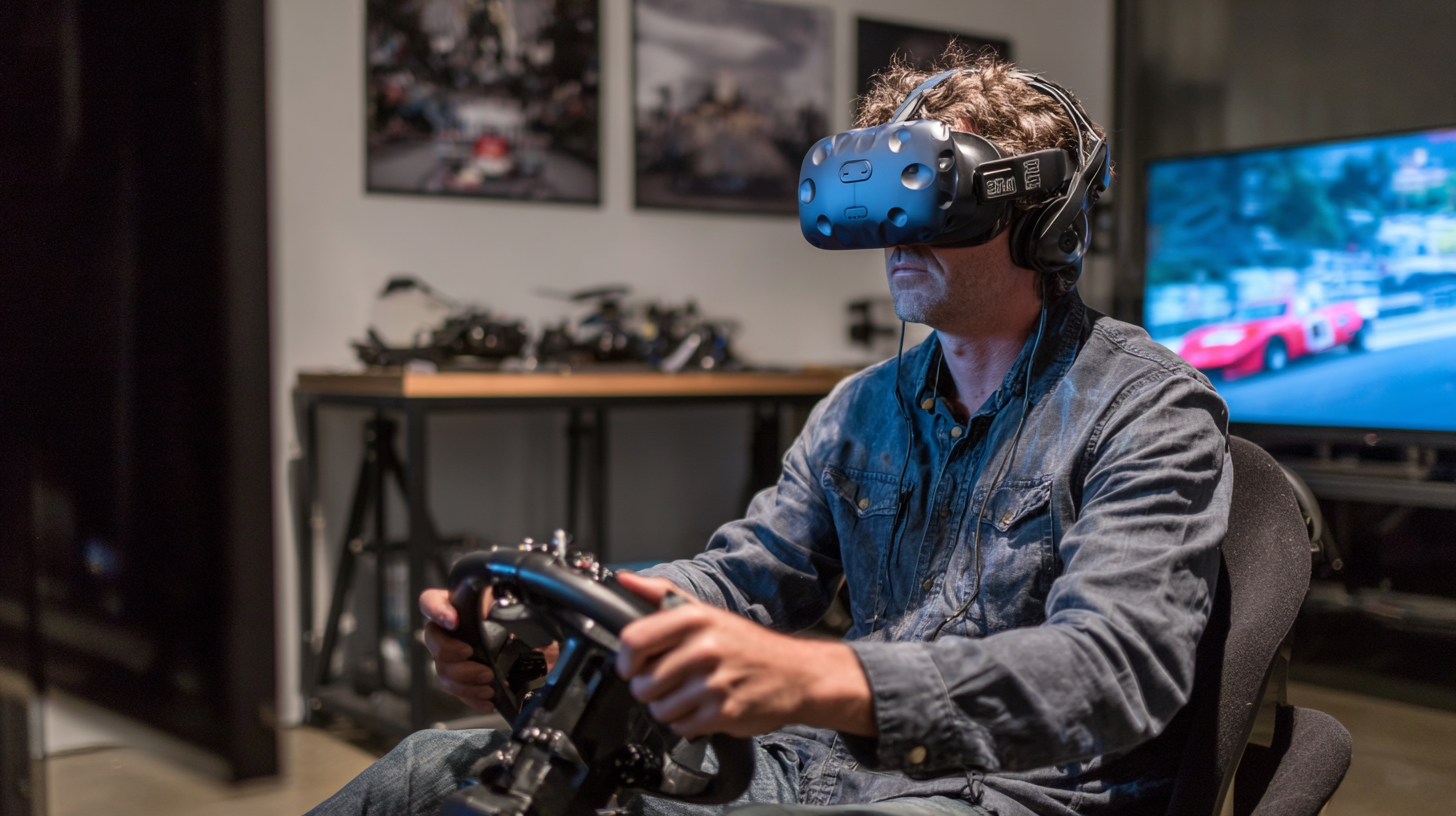
The Rise of VR Simulators: Transforming Interactive Gaming Experiences
The rise of VR simulators has significantly transformed interactive gaming experiences, catering to both casual gamers and serious enthusiasts. According to a recent report by Statista, the global virtual reality gaming market is projected to reach approximately $45 billion by 2026, representing a compound annual growth rate (CAGR) of over 30% from 2021. This rapid growth is driven by advancements in technology, including more affordable VR hardware and increasingly sophisticated software, which together create immersive gaming environments that draw players into dynamic worlds.
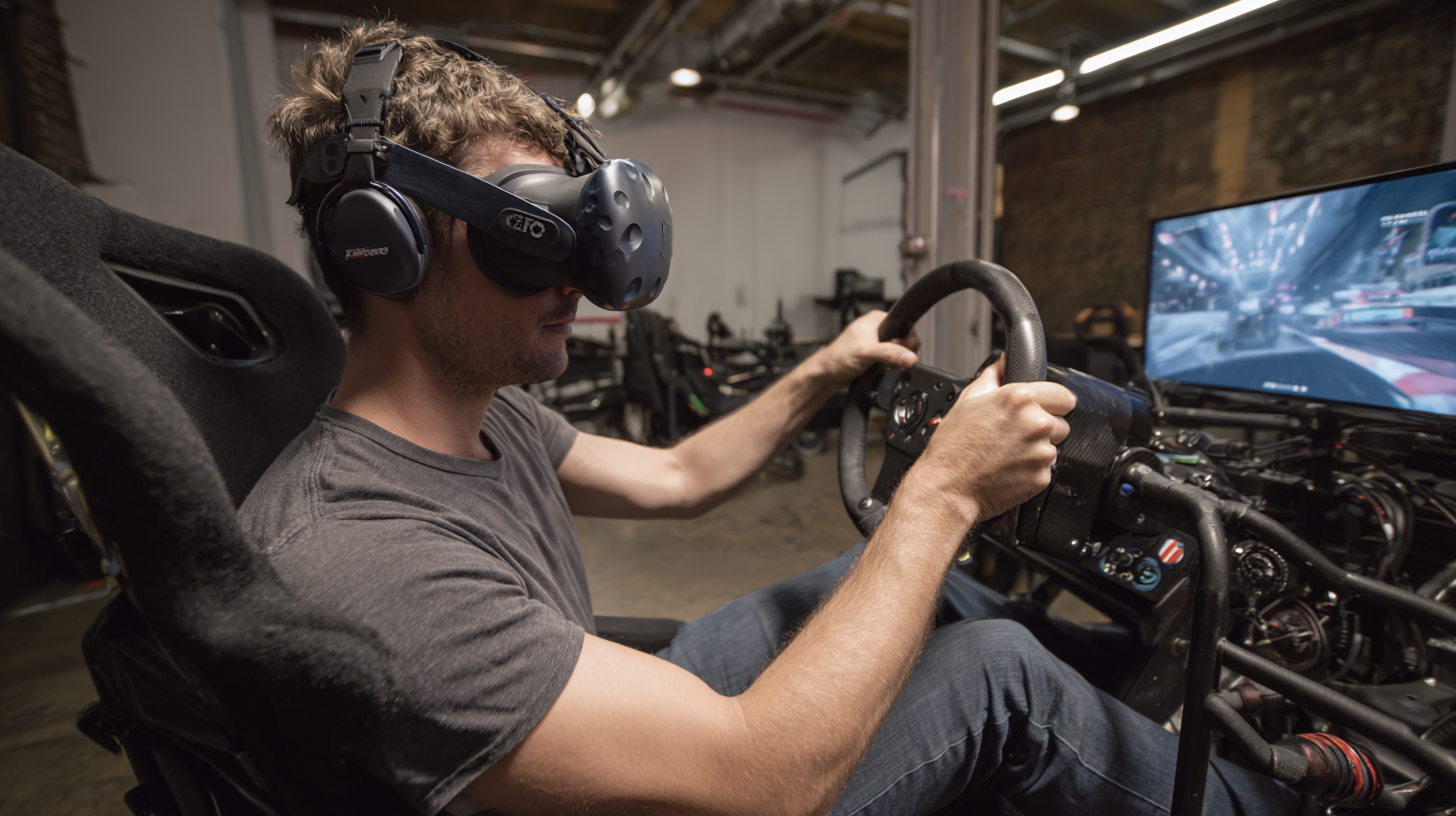
For gamers looking to enhance their VR experience, investing in high-quality headphones can improve auditory immersion, allowing players to hear subtle sounds and effects that might otherwise be missed. Additionally, ensuring ample space for movement can prevent accidental injuries and enhance the sense of presence within the game. Lastly, exploring diverse game genres—such as simulation, adventure, and horror—can help players discover unique applications of VR technology, uncovering new dimensions of interactive gameplay.
The evolution of VR simulators continues to push the boundaries of creativity within the gaming industry. As developers explore new narratives and gameplay mechanics, the potential for deeper engagement and emotional connections with games becomes a reality. With innovations like haptic feedback and social VR environments on the horizon, gamers can look forward to even more immersive experiences that blur the lines between reality and the virtual world.
Current Market Trends: Growth Statistics in VR Gaming Industry
The VR gaming industry is rapidly evolving, showcasing impressive growth statistics that highlight its burgeoning market presence. In recent years, the demand for immersive gaming experiences has surged, leading to substantial investments from both established companies and startups. Reports indicate that the VR gaming market is projected to reach over $45 billion by 2025, driven by advancements in technology and an increasing number of dedicated gaming titles. With more consumers embracing virtual reality, the landscape is shifting towards more sophisticated VR simulators that offer unparalleled experiences.
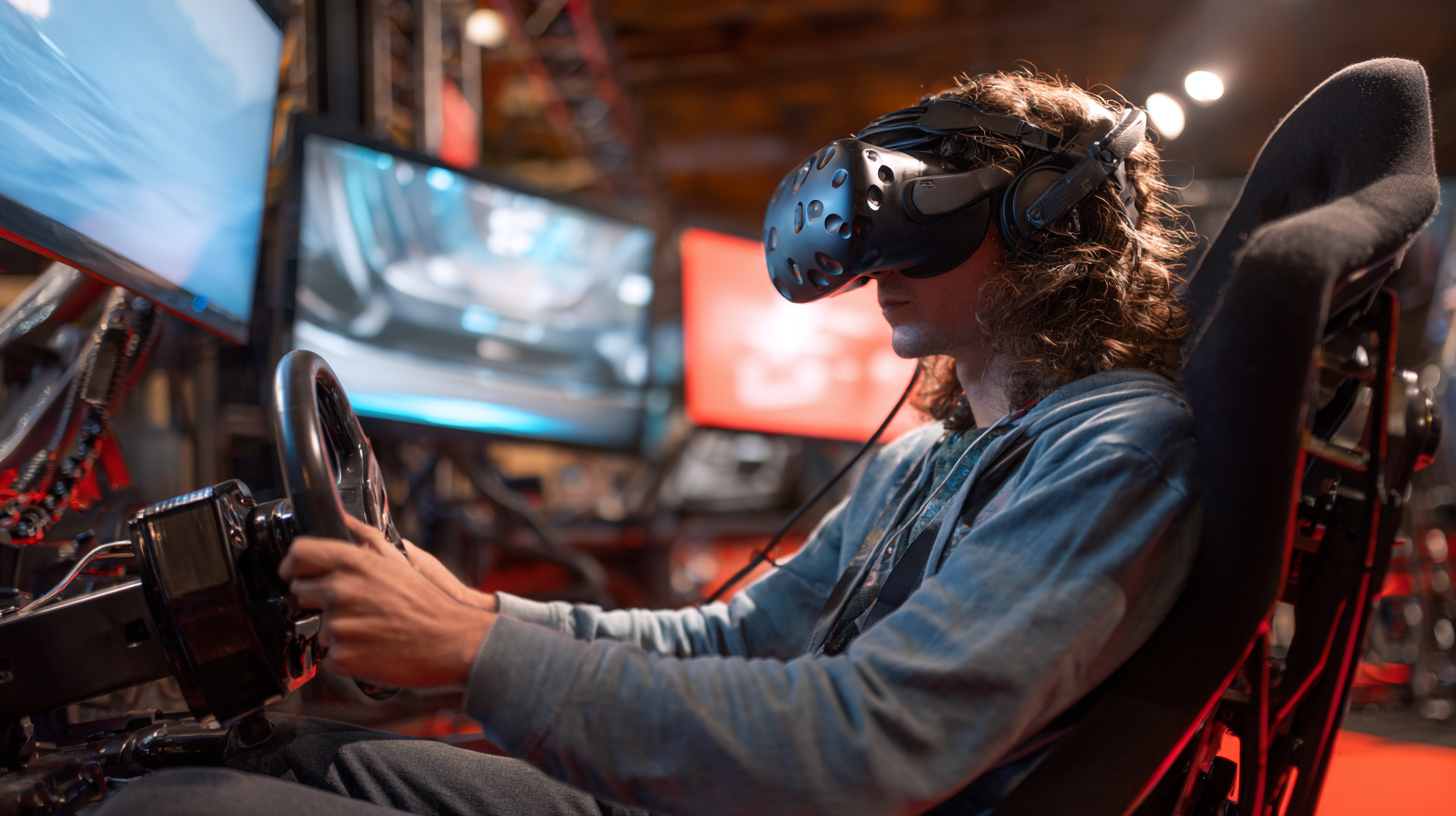
User Engagement: How VR Simulators Enhance Player Immersion
Virtual reality (VR) simulators are revolutionizing the landscape of gaming by creating immersive experiences that captivate players like never before. User engagement is taken to new heights as players are not merely spectators but active participants within richly detailed worlds. The ability to interact with the environment, make real-time decisions, and experience a heightened sense of presence allows gamers to connect with the storyline and characters on a deeper emotional level.
To enhance player immersion, consider adjusting your setup for optimal VR experiences. Ensure that your play area is clear and spacious, allowing for full range of motion without obstructions. Additionally, calibrate your VR headset properly to ensure the visuals are sharp and free from distortion. This can significantly reduce motion sickness and enhance the overall experience, making it more enjoyable.
Another tip for maximizing engagement is to explore games that incorporate social elements. Multiplayer VR games allow players to collaborate and compete in a shared virtual space, fostering a sense of community. Engaging with friends or new players can add layers of excitement to the gameplay, encouraging players to return for more adventures together. Such social interactions not only improve immersion but also lead to unforgettable gaming memories.
Comparative Analysis: Traditional Gaming vs. VR Simulator Experiences
The landscape of gaming experiences is undergoing a profound transformation as virtual reality (VR) simulators gain traction compared to traditional gaming. Studies have shown that immersive VR experiences significantly enhance spatial ability, a crucial skill for navigating both virtual and real-world environments. A comparative analysis highlighted the role of sense of presence and the cognitive load associated with immersive settings, indicating that these factors can improve engagement and overall gaming satisfaction. As VR technology evolves, it not only reshapes personal gaming experiences but also finds applications in fields such as medical training.
In medical education, VR has demonstrated notable effectiveness, particularly in simulating high-stress scenarios like pericardiocentesis. Research findings indicate that VR training environments can replicate stress levels comparable to real-life situations, presenting an innovative approach to learning practical skills. Furthermore, reports suggest that the European VR gaming market is projected to grow significantly, with expectations to reach USD 29.08 billion by 2033. This surge is likely driven by the increasing integration of VR into various sectors and its capacity to offer enriched learning experiences, indicating a fertile ground for the future of interactive gaming beyond mere entertainment.
Technological Innovations: Key Advances Shaping the Future of VR Gaming
The landscape of gaming is undergoing a seismic shift driven by technological innovations, particularly in virtual reality (VR) and augmented reality (AR). These immersive technologies are not just enhancing gaming experiences; they are fundamentally redefining what it means to interact with digital environments. With advancements in VR headsets and AR applications, gamers can now engage in more realistic and participatory ways, blurring the lines between the virtual and the physical world. This evolution is further propelled by the increased integration of artificial intelligence, which tailors experiences to individual players, making each gaming session unique.
Moreover, the potential of VR extends beyond traditional gaming. Industries such as e-commerce and healthcare are tapping into these technologies, offering consumers and patients new avenues for interaction. In e-commerce, for example, VR can create virtual storefronts, allowing shoppers to explore and interact with products as if they were physically present. In healthcare, immersive simulations are being developed for training and therapeutic purposes, highlighting the versatility of VR applications. As these innovations continue to mature, the future of gaming experiences will undoubtedly encompass a wide array of possibilities, merging entertainment with everyday life and professional practices.
The Future of Gaming Experiences with VR Simulators - Technological Innovations
| Dimension | Current State | Future Trends | Potential Impact |
|---|---|---|---|
| User Interaction | Basic hand controllers | Haptic feedback suits & motion tracking | More immersive experiences |
| Graphics Quality | 1080p resolution | 4K and beyond with ray tracing | Realistic environments and characters |
| Accessibility | Limited accessibility options | Adaptive technology & interface improvements | Broader audience reach |
| Content Variety | Focus on action games | Expansion to educational & simulation games | Enhanced learning and training opportunities |
| Multiplayer Experience | Standard online play | Fully immersive multiplayer environments | Stronger social connections and interactions |
Potential Challenges: Addressing Concerns in VR Gaming Adoption
As virtual reality (VR) continues to shape the gaming landscape, various challenges must be addressed to ensure its widespread adoption. One primary concern is the accessibility of VR technology. High-quality VR headsets can be prohibitively expensive for many consumers, creating a barrier that prevents a broader audience from experiencing these immersive environments. Developers and manufacturers must explore more affordable options without compromising on quality to foster inclusive gaming experiences for all.
Another significant challenge is the potential for motion sickness, which affects some players when using VR. This discomfort can deter newcomers from fully engaging with VR gaming. To mitigate this issue, game designers need to innovate and implement adaptive techniques that accommodate various users' sensitivities. By prioritizing comfort and accessibility, the gaming industry can create a more inviting atmosphere for players, encouraging them to embrace the captivating world of virtual reality.
Lastly, the social aspect of gaming cannot be overlooked. As VR experiences can often be isolating, creating platforms that facilitate social interaction is crucial. Integrating multiplayer features and community-building elements can help bridge the gap between isolated play and shared experiences, ultimately enhancing the overall appeal of VR gaming. Addressing these challenges is essential for realizing the full potential of gaming experiences in virtual reality.
The Future of Gaming Experiences with VR Simulators
FAQS
: The VR gaming market is projected to reach over $45 billion by 2025.
The growth is driven by advancements in technology, an increasing number of dedicated gaming titles, and a rising demand for immersive gaming experiences.
VR headsets are becoming more affordable and accessible, leading households to integrate these technologies into their entertainment routines.
The diversification includes various gaming genres, from action adventures to educational simulations, attracting a wider audience.
VR simulators allow players to interact with the environment and make real-time decisions, creating a deeper emotional connection with the storyline and characters.
Clearing the play area for full motion, proper calibration of the VR headset, and ensuring visuals are sharp can significantly enhance the overall experience.
Multiplayer VR games foster a sense of community and allow players to collaborate and compete, enhancing immersion and creating memorable gaming experiences.
Immersive VR training has shown to enhance spatial ability, which is crucial for navigating both virtual and real-world environments.
VR has demonstrated effectiveness in simulating high-stress scenarios in medical training, replicating real-life stress levels and providing innovative learning approaches.
The European VR gaming market is projected to reach USD 29.08 billion by 2033.
Conclusion
As the gaming industry continues to evolve, VR simulators represent a pivotal shift in interactive gaming experiences. With the rise of these advanced technologies, players are now immersed in ways previously thought impossible, transforming traditional gaming into a dynamic 360-degree experience. Current market trends indicate a significant growth trajectory for VR gaming, underscoring its potential to reshape user engagement through unparalleled immersion.
At Guangzhou Longcheng Electronic Co., Ltd., we are proud to be among the early pioneers in VR simulator manufacturing in China. Our extensive experience and focus on technological innovations position us at the forefront of this evolving market. With over 8000 square meters of facilities and a dedicated team, we offer comprehensive solutions for VR projects, addressing both the excitement and challenges of VR gaming adoption. As we look to the future, it is clear that VR simulators are not just a trend; they are the next frontier in gaming experiences.
Related Posts
-
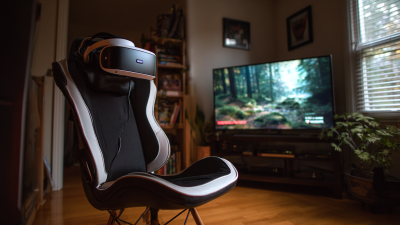
7 Ultimate Tips for Choosing the Best Gaming Chair for VR Experience
-

Exploring Innovative Alternatives to Traditional Entertainment with VR Parks
-
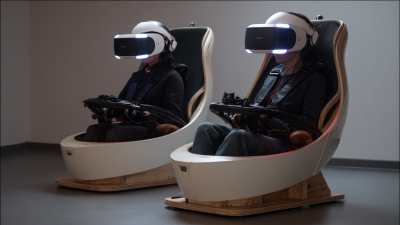
The Future of Immersive Experiences with VR Chairs
-
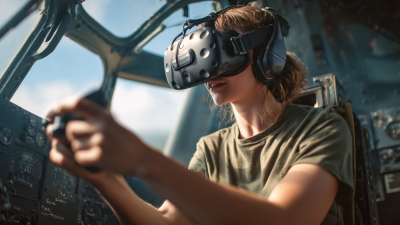
How to Experience Thrills with Vr Flight Games Through Immersive Simulation
-
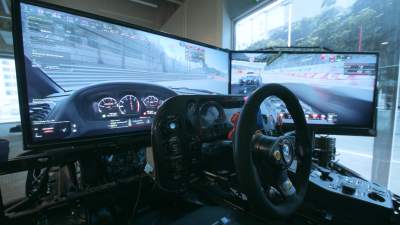
The Future of Immersive Racing Game Simulators and Their Impact on Gaming Experience
-
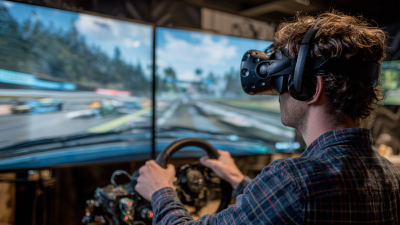
Issues with 9d Vr Simulator Games and Their Impact on User Experience

